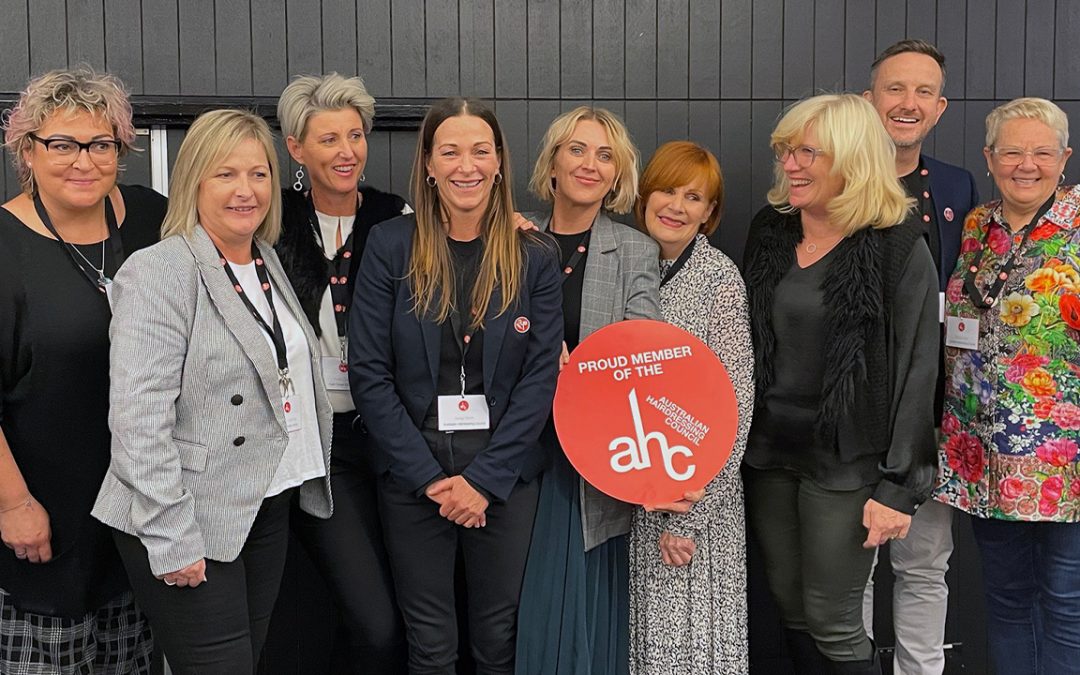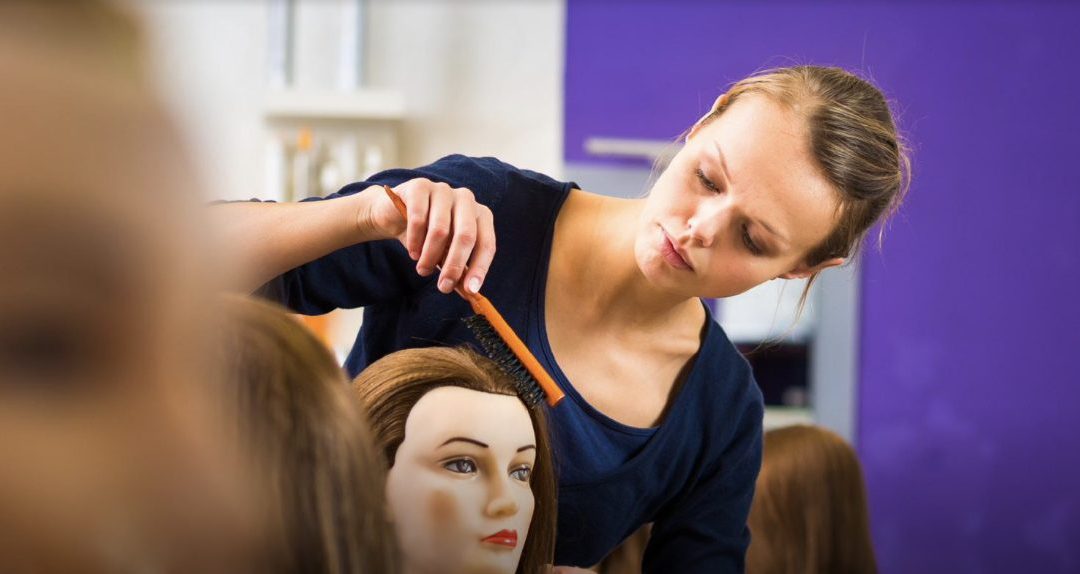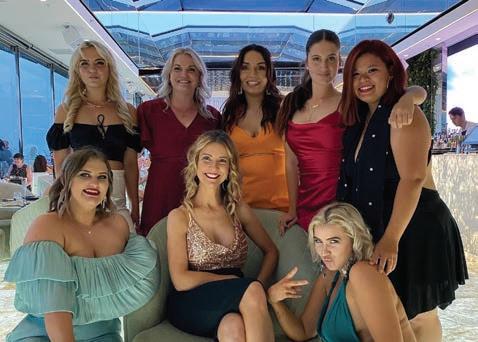
Industry Day 2022
Hair Festival 2022 and the AHIA Creative awards seemed like a coming out party for the industry after 2 long years of disruption and virtual events.
The chilly long weekend was a showcase of education and collaboration. Taking advantage of the hair community coming together, the Australian Hairdressing Council (AHC) ran two oversubscribed education events on the Friday and Saturday before Hair Festival. The Industry Day on the Friday saw 95 educators from all over Australia come together at the Park Royal in Sydney. A further 220 then attended the Leadership Summit on Saturday at the Hilton.
Industry day is absolutely unique on the Australian hair calendar. It is the only industry event that brings educators together from across the entire industry and across the country. Facilitated by the AHC’s national training committee the room was full of the who’s who of industry educators including:
- salon owners and in-salon educators,
- company and supplier educators,
- independent industry educators as well as
- RTO management and teachers from both TAFE and private providers.
The theme of the day focussed on “What does the best training Experience look like for our apprentice Hairdressers and Barbers”. The hair industry is crying out for great people. Like never before we need to attract, develop and retain new Hairdresser and Barbers. To do this we need to offer the Best Training Experience possible.
A full day of collaboration was interspersed with three incredible speakers. AHC CEO Sandy Chong provided a snapshot of where we are headed as an industry before keynote speaker Mark Mackenzie helped the attendees to understand the changes on the horizon for skills training and how our hair and barber qualifications are managed from 2023 onwards. Finally, Paul Frasca shared his sustainability story and in particular how he has been able to share his message through education, collaboration and connection.
Spread throughout the day was a series of short and sharp workshops to firstly map out what the best training experience looks like before focussing in on how to build relationships between Salons, Registered Training Organisations (RTO’s), Independent and Company Educators to make the apprentice experience gold standard. The room was abuzz as they worked through all aspects of the apprentice journey from how we best attract and engage new entrants before turning its attention to retention and development of apprentices as they progress through their training toward qualification and beyond. The learnings from the day were incredible with the best thinking from the 95 attendees refined into a roadmap for the training system moving forward.
The top priorities identified for attracting new entrants to our industry and apprenticeship system were:
- To market what success looks like for school leavers through Social Media
- To promote Hairdressing & Barbering apprenticeships to every secondary school by developing an information kit while Including opportunities to experience Hairdressing firsthand.
- To develop inspiring content to showcase career diversity
In terms of engaging apprentices once they have made the decision to choose hair, the key outcomes included:
- Developing individualised training designed to match the expectations and capabilities of the individual.
- Developing induction programs with practical training that covers all salon skills.
- Provide training for the owner on how to develop career plans and training programs, as well as positively mentoring apprentices on their journey.
When the delegates turned their attention to the next part of the student journey the best training experience the question posed to the collective was. What is critical to developing skills and creating an incredible training experience from the 6 months to 2-year time frame? The top responses were to:
- Develop career plan to set goals and dedicate time to identify the training activities.
- Define the training and development responsibilities for everyone in the salon.
- Build confidence and esteem through consistent feedback including recognition and reward.
Rounding out the student journey workshops saw the delegates turn their attention to the final stages of training and development culminating in qualification as a Hairdresser or Barber. The key messages from this workshop were to:
- Identify skill areas of strength and develop specialised training programs.
- Ramp up client skills including benchmarks, goal setting and growing their income.
- Help build their profile within the salon and with their potential client’s.
The clear message across each of the accent points examined as part of the student journey was heard loud and clear. Relationships are what matter. An approach to training that includes all parties working together to make the apprentice experience the best possible. This includes salon owners working hand in glove with their RTO, supplier /product companies and independent educators. To this end the delegates were challenged to dig deep into the training relationships to unpack what are the key components of the training relationship.
The first step was to identify the critical components that make up an inclusive industry training plan that enriches the apprentice experience. The components identified were:
- Milestone check-ins between salon owner, aprentice and RTO to discuss the progress of the in-salon training.
- Develop mutual respect by creating clear role responsibilities for each stakeholder.
- Simplify the ‘training’ language to reflect company, supplier, industry and salon training.
Drilling in deeper into how the critical components identified should then be managed the delegates came together to identify the most important training plan management aspects to focus on:
- Creating a central database for all stakeholders to access.
- Provision of more ongoing support and active engagement from Apprentice Network providers.
- To keep it flexible
Not only did the delegates who attended walk away with a host of new connections to share their education journey with, but they also took away real ideas and solutions to implement in their own education and training businesses to improve the training experience of their students and clients. Finally, everyone who attended left with a feeling that they had a strong input into the direction of hair education in this county. The responses and outcomes captured by the AHC over the course of the Industry day will inform how the AHC engages with regulators to shape the training landscape now and in the future.




